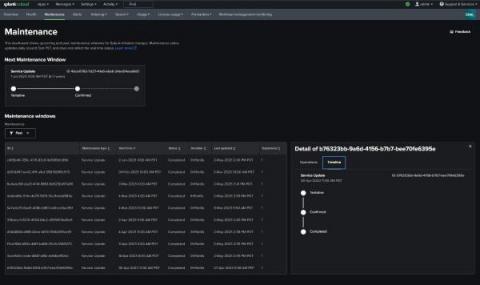Splunk Sustainability Toolkit V2 Doubling Down on IT Sustainability and Beyond
Did you see the global COVID pandemic coming when you heard about the first cases? Probably not, even if you tried. As the physicist Albert A. Bartlett pointed out back in 1976, human beings tend to think in linear terms. The effects of large changes in scale are frequently beyond our powers of perception and even our imagination. It is the same challenge highlighted today by the cumulative effects of climate change and the subsequent tipping points.











